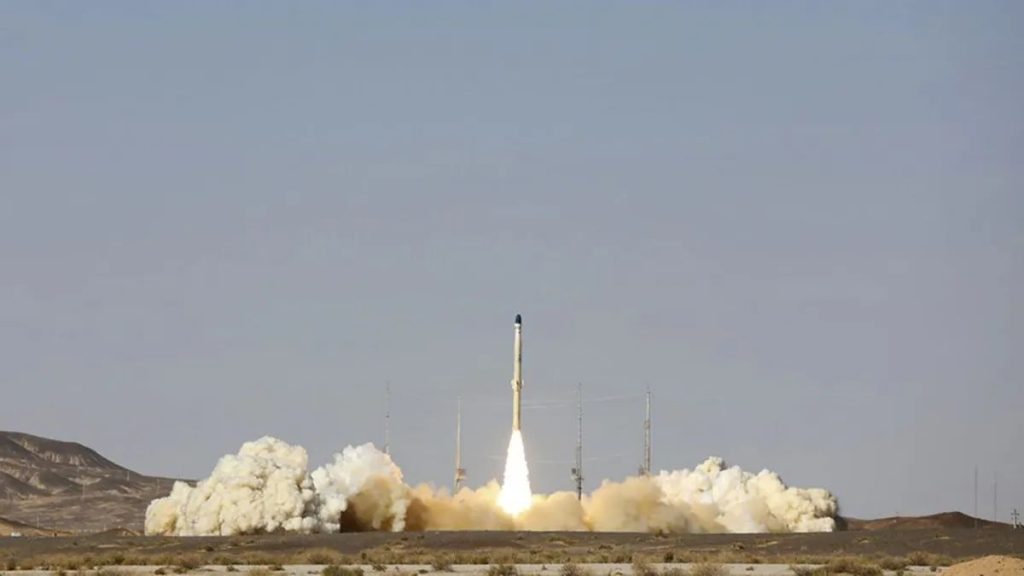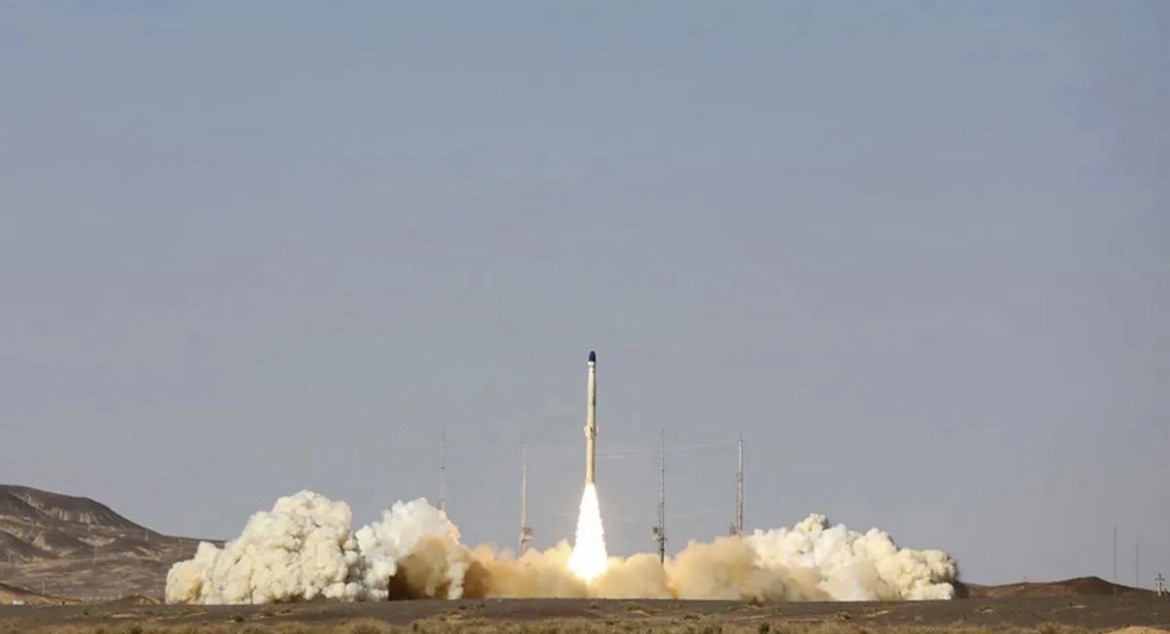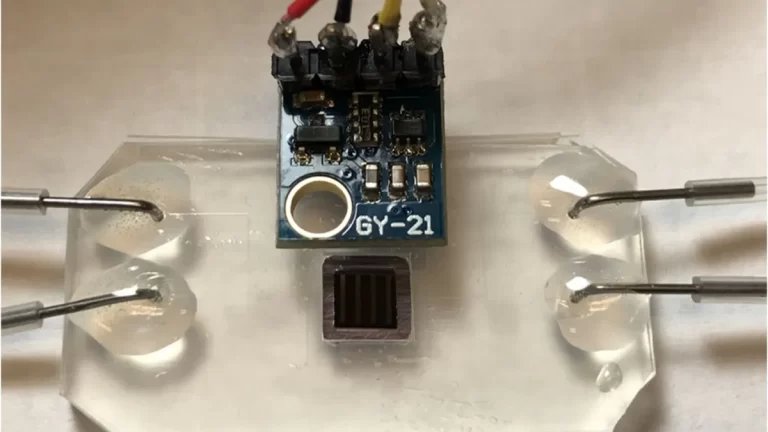
“The satellite will be used for scientific and defense purposes”
According to a minister, Iran’s aerospace program has reached a new level of success with the launch of a research satellite on Saturday. The satellite, named Soraya, was carried by the Ghaem-100 rocket, which is the country’s first three-stage solid-fuel launcher. The launch was conducted by the Islamic Revolutionary Guard Corps (IRGC), an Iranian military branch with its aerospace organization.
An AFP report says the satellite, which weighs about 50 kilograms (110 pounds), was placed in an orbit 750 kilometers (466 miles) above the Earth, making it the first time that Iran has achieved such a high orbit for a satellite. The IRGC said that the satellite will be used for scientific and defense purposes and will enhance Iran’s space exploration and technology capabilities.
SEE ALSO
RELATED
Iran displays upgraded hypersonic missile, threat to Israel’s defenses
Iran makes range ‘record’ by launching new ballistic missile in anger
Iran supplies Russia with advanced “explosive and reconnaissance” drone
The official IRNA news agency reported the launch, which quoted Telecommunications Minister Issa Zarepour as saying that the satellite was a “great achievement” for Iran’s space industry. He also said that the launch was a “clear message” to Iran’s enemies that the country will not give up its rights and interests in aerospace.
However, the launch also faced criticism from the United States and other Western countries, who have accused Iran of using its satellite and rocket program as a cover for developing ballistic missiles that could carry nuclear warheads. The US has imposed several sanctions on Iran’s aerospace sector and has warned that such launches violate a UN Security Council resolution that calls on Iran to refrain from any activity related to ballistic missiles.
Iran has denied that it has any intention of developing nuclear weapons and has said that its aerospace program is purely for peaceful and defensive purposes. Iran has also defended its right to pursue space technology as a sign of its scientific and technological progress.
Iran has been under severe US sanctions since 2018 when the US withdrew from a nuclear deal that was signed in 2015 by Iran and six world powers. The deal offered Iran relief from sanctions in exchange for limiting its nuclear activities and allowing international inspections. Iran has since reduced its compliance with the deal and has resumed enriching uranium to higher levels while still allowing inspections by the International Atomic Energy Agency.
The launch of the research satellite is the latest in a series of achievements by Iran’s aerospace program, which has faced several setbacks and failures in the past. In April 2020, Iran successfully launched its first military satellite, Nour-1, into orbit using a two-stage solid-fuel rocket called Qased. Iran has also launched several other satellites since 2009, using liquid-fuel rockets such as Safir and Simorgh. Iran has also claimed to have sent a monkey and a mouse into space, but some experts have disputed these claims.



























+ There are no comments
Add yours